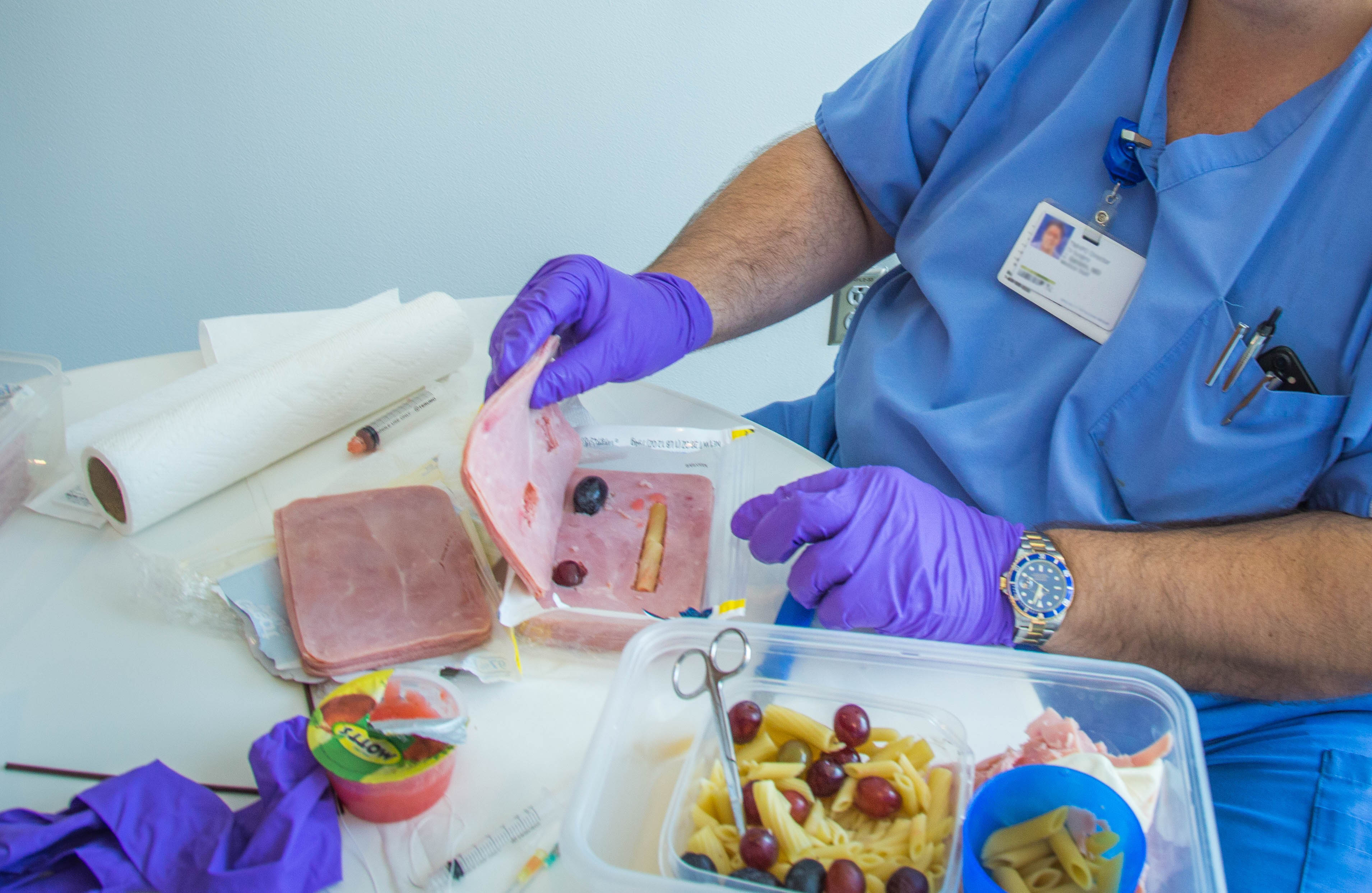A Jump Start for Vascular Surgery Residency Training--Novel Hands-on Educational Approaches and Evaluation Data Results
Ebun Ebunlomo, PhD, MPH, Zsolt Garami, MD, Melanie Lazarus, Travis Vowels, MD, Alan B. Lumsden.
Houston Methodist Hospital, Houston, TX, USA.
OBJECTIVE: Since the 0+5 vascular surgery training paradigm was approved by the Accreditation Council for Graduate Medical Education in 2006, the number of 0+5 vascular surgery programs has drastically increased from 3 in 2007 to 48 in 2016. With this change comes a greater need for structured education to ease the transition between medical school and vascular surgery residency. We are addressing this need with a course for 4th-year medical students matched into integrated vascular surgery residencies. At “Pre-Intern Training for Vascular Residents: ‘Jump start’ Your Training,” participants learn skills that will allow them to be functional on the floor and in the OR from their first day.
METHODS: We employed the Kirkpatrick Model for Training Evaluation to design a survey that assessed participants’ reactions and learning. Survey data were collected, analyzed, and summarized into broader themes such as content, format, speakers, usefulness, facility/location, support staff, and knowledge–practice gap. We also evaluated a cost-effective ham-grapes-and-pasta ultrasound training model (Figure 1) to gauge its utility for teaching ultrasound-guided vascular access and compare it to a standard, commercially produced blue-gel training model.
Figure 1: Cost-effective, Innovative Model for Ultrasound Training
RESULTS: Overall, 28 students participated in Pre-Intern course. Participants rated the course as excellent (mean: 4.9/5). Participants indicated that the most useful topics were fundamentals of dissection, suturing techniques, ultrasound, aortic exposure, 10 questions an intern gets/common intern calls, and endovascular basics. Of the 24 participants who completed the ultrasound hands-on skills station, 18 (75%) preferred the ham-grapes-and-pasta training model developed by our faculty because of better visibility of different vessels and it being a more realistic simulation of vessel anatomy/texture. On average, participants indicated they had 4 hours of experience using the ultrasound machine for vascular access before Pre-Intern Training. The majority (89%) cited hands-on training as the most important training for translating their knowledge into practice.
CONCLUSIONS: Offering courses such as Pre-Intern Training; incorporating easy, cost-effective models for ultrasound training such as the ham-grapes-and-pasta model; and evaluating learner outcomes allows for data-driven decision-making to improve educational programs and adapt their content, format, and delivery for maximum skill acquisition. 
Back to 2018 ePosters




